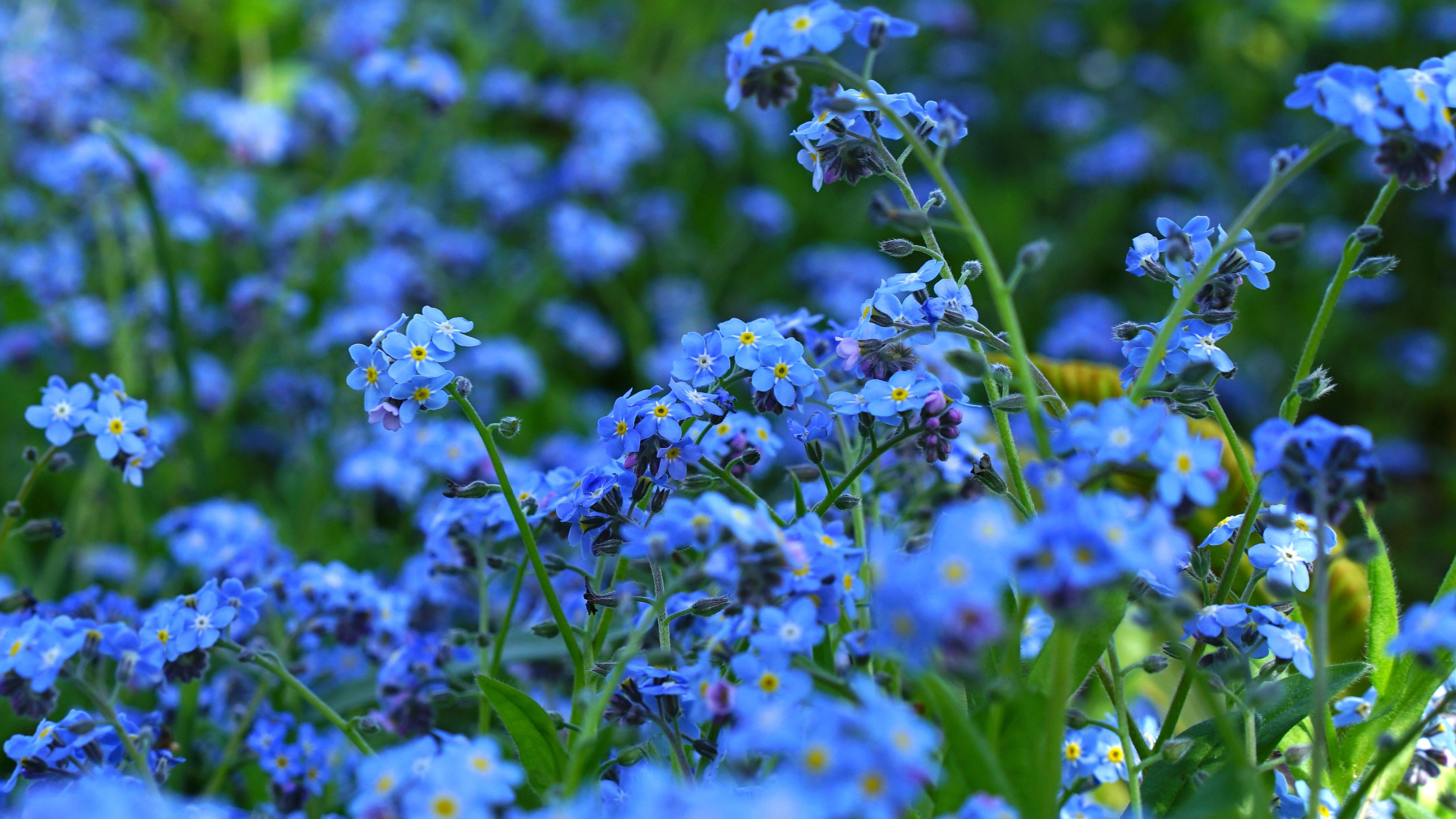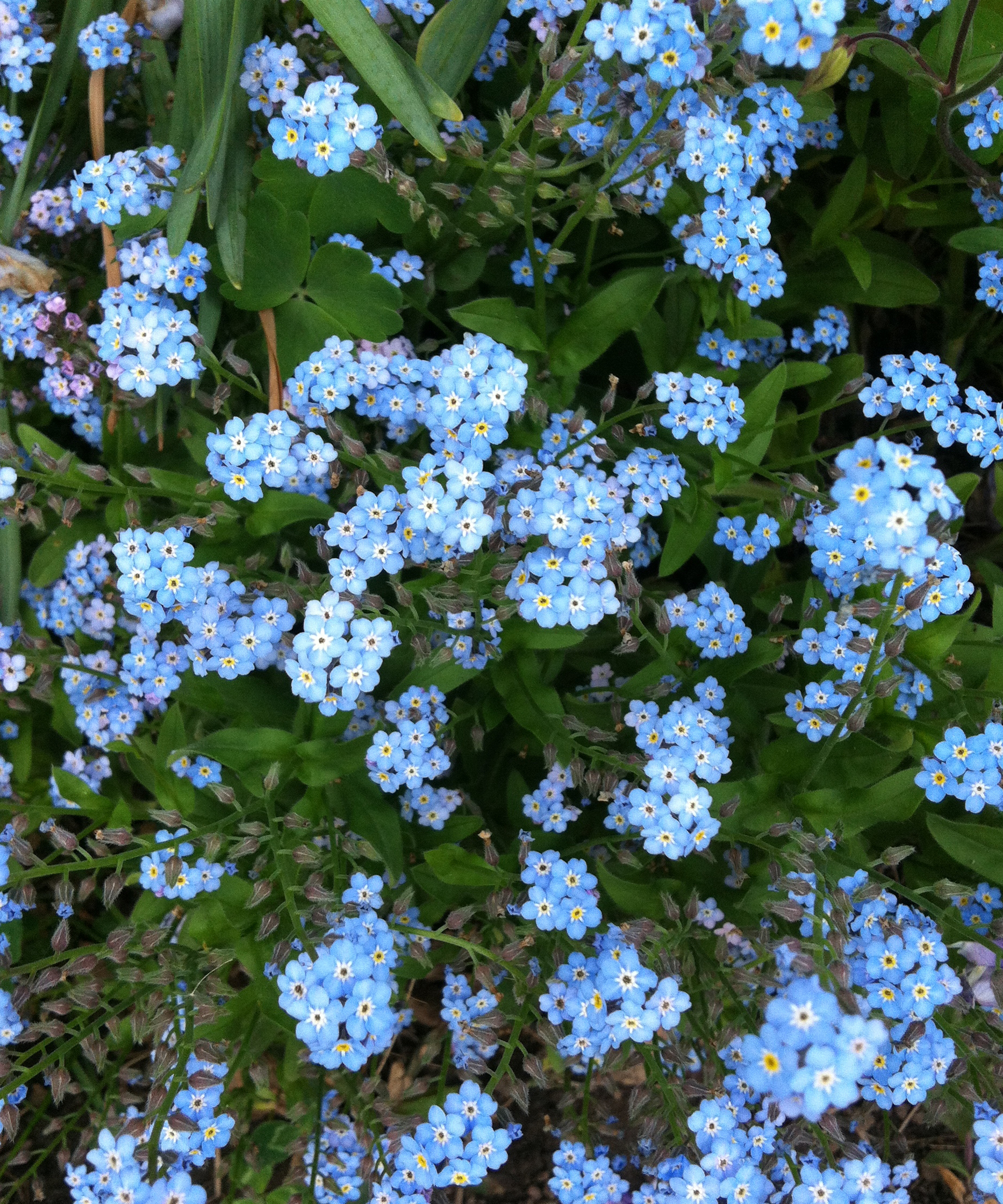The one thing you must know about forget-me-nots – before they take over your garden
Forget-me-nots may look innocent, but they're a fast-spreading plant. Here's what gardening experts say about growing them in your garden

Forget-me-nots are a delight in the early summer garden, providing clusters of small light blue flowers that will cheer up any garden border. They are also one of the best plants under trees, since moist dappled shade is the preferred habitat of these woodland flowers.
However, if you haven't grown them before, don't be fooled by the delicate look of these plants. Before you plant them in your garden, you must know this: forget-me-nots may colonize it given the right conditions – and if you let them.

The thing to know about forget-me-nots is that they are self-seeding, and if they are planted in a wet garden in a climate that tends to get cooler summers, forget-me-nots will behave like a weed, spreading well beyond the spot you've planted them.
Laura LeBoutillier of Garden Answer does advise to ask at your local garden center before you buy them whether they'll be 'the bane of your existence'. As she explains in a YouTube video about growing blue flowers, if you live in the Mid Western United States, forget-me-nots are actually considered to be a 'noxious weed' because they spread so easily. However, in drier, warmer areas, they're unlikely to spread quite as much.

In any case, there's a very good way to ensure that your forget-me-nots don't cause any problems in your garden. Monty Don urges gardeners to have 'a hard heart and hand when they have finished flowering and cast their seed' and to 'pull up at least half the existing plants each June and fill any gaps with tender annuals. New seedlings will more than replace them and inject fresh blood into a short-lived perennial.' If you want inspiration for which flowers to add, the best cottage garden plants such as delphiniums and geraniums are a good place to start.
This may sound harsh, but it will ensure that your forget-me-nots don't completely overwhelm your garden borders. If you live in a climate prone to summer drought, you'll also ensure that you're not left with unsightly plants attacked by powdery mildew, 'the major problem with forget-me-nots', according to Monty.
Don't pull up all of them, however, if you do want some forget-me-nots in your gardens. 'Like all biennials, you can ''lose'' a season by over-vigorous weeding or mulching,' adds Monty. So, use the half rule and you'll still have some forget-me-nots next summer.
Anna writes about interior design and gardening. Her work has appeared in Homes & Gardens, Livingetc, and many other publications. She is an experienced outdoor and indoor gardener and has a passion for growing roses and Japanese maples in her outside space.
